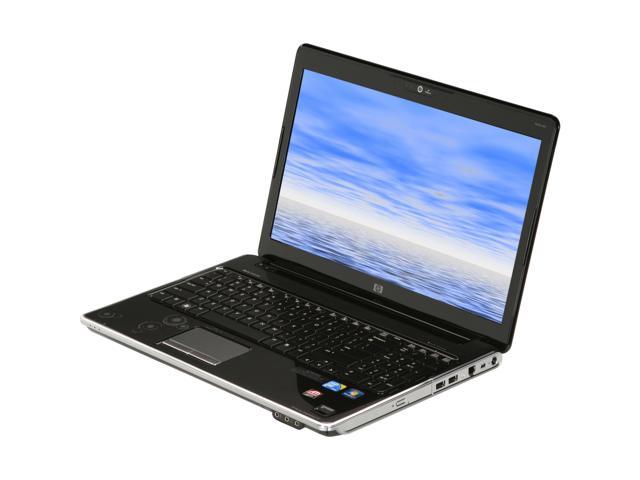
Reloaded AX1300 to windows 10 Device Manager shows Coprocessor with no driver installed Device id = PCI VEN_10DE&DEV_0753&SUBSYS_01531025&REV_A2 This ID was idnetifed as a nVidia device but not a clear identification Coprocessor? NO driver installed PCI VEN_10DE&DEV_0753&SUBSYS_01531025&REV_A2 Found information about the Nvidia ION Coprocessor Driver For Windows 8 / 10 on this Site: He includes links to download a ziip file containing only the requried files to manually update the driers from device manager. Closest solution I could find so I tried it.
How to Fix Coprocessor Driver Not Installed Error. Contents: What is Coprocessor. Fix Coprocessor Driver Missing Error Step by Step. Easily Way: Automatically Update Coprocessor Driver. After you upgrade your system from Windows 7 and Windows 8 to Windows 10.
It worked so I am posting the result here. Driver installs. Device appears as installed in Device Manager as 'NVIDIA nForce System Management Controller' Download Nvidia ION Coprocessor Driver For Windows 8 and 10 32bit [edited link to zip file] Download Nvidia ION Coprocessor Driver For Windows 8 and 10 64bit [edited link to zip file] To install the driver Extract the associated zip file (32/64) Open Device Manager (right click on start Device Manager) Right Click on Coprocessor Update Driver Browse.
Blu Ray Player Driver Windows 10. (Locate the extracted contents of the zip file) Device appears in Deice Manager as NVIDIA nForce System Management Controller [edited to comply with guidelines].
After you upgraded your system to Windows 10 from Windows 7 or Windows 8, you might find your computer run slowly. Then you checked for the driver status in Device Manager, and saw a device named Coprocessor with a yellow exclamation mark next to it. You have no idea what the device is and how to remove the yellow mark. You can fix this driver issue with the methods in this post. The Coprocessor with a yellow mark in Device Manager means there is problem with chipset driver, mostly Nvidia nForce chipset driver. To fix the problem, you just need to update the chipset driver.
There are two simple methods to update the chipset driver. You can try both of them until you resolve the problem. • • Method 1: Update the driver manually via Device Manager When you have driver problems like chipset driver issues, you can update the driver from Windows easily. You can update the driver via Windows Update or Device Manager. Then you don’t need to go to manufacturer’s website to check for the latest driver.
Since you know how to open Device Manager, you can update the driver via Device Manager. It’s possible that Windows doesn’t provide the latest driver. If you’ve tried this method but it doesn’t work for you, try Method 2. To update the Coprocessor driver in Device Manager, you just need to follow steps below (Following screen shots are just for your reference.): 1) Open Device Manager. 2) Double click Coprocessor to open the driver Properties window. 3) Go to Driver tab and click Update Driver.
4) Click Search automatically for updated driver software. 5) After the updating completes, check to see if you still see Coprocessor with a yellow mark in Device Manager. Method 2: Update the driver automatically using Driver Easy.
Method 1 may resolve the problem, but if it doesn’t, or you’re not confident playing around with drivers manually, you can do it automatically with. Driver Easy will automatically recognize your system and find the correct drivers for it. You don’t need to know exactly what system your computer is running, you don’t need to risk downloading and installing the wrong driver, and you don’t need to worry about making a mistake when installing. You can update your drivers automatically with either the FREE or the Pro version of Driver Easy. But with the Pro version it takes just 2 clicks (and you get full support and a 30-day money back guarantee): 1) and install Driver Easy. 2) Run Driver Easy and click Scan Now. Driver Easy will then scan your computer and detect any problem drivers.
3) Click the Update button next to a flagged chipset driver to automatically download and install the correct version of this driver (you can do this with the FREE version). Or click Update All to automatically download and install the correct version of all the drivers that are missing or out of date on your system (this requires the Pro version – you’ll be prompted to upgrade when you click Update All). 4) After updating the driver, check to see if you still see Coprocessor with a yellow mark in Device Manager. Hope you can fix the Coprocessor driver issue in Windows 10 easily with the methods above. If you have any questions or ideas, please leave your comment below.